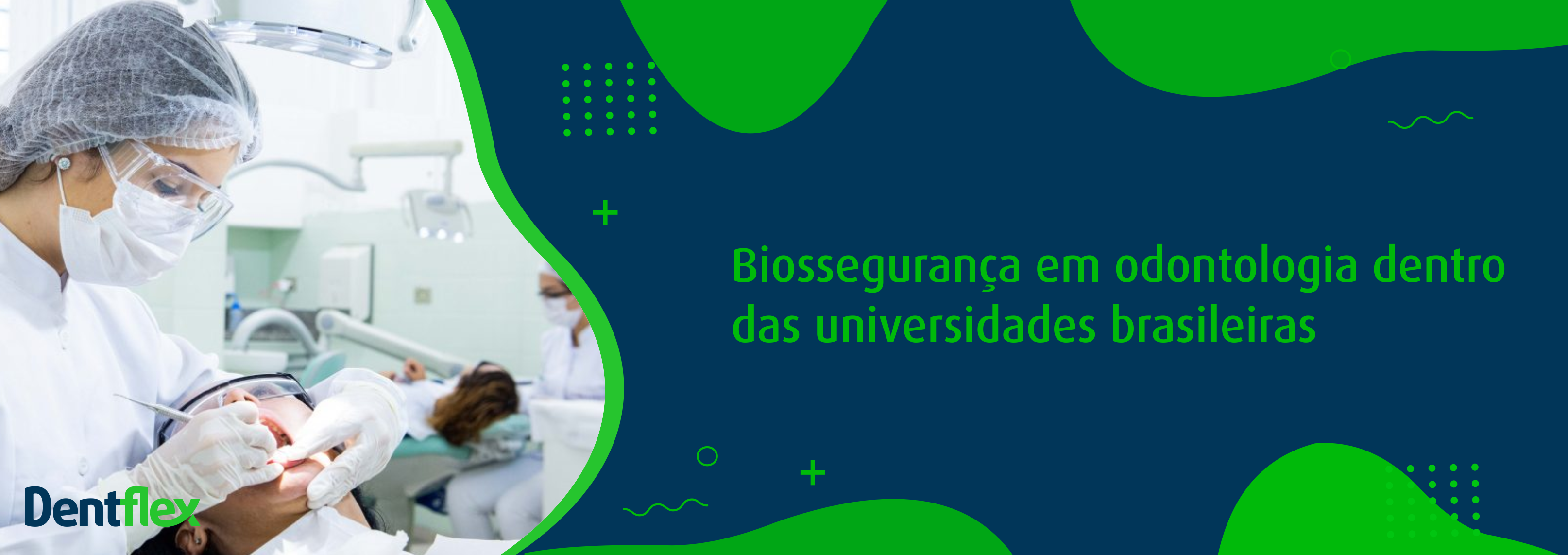Biosafety in dentistry within Brazilian universities

Did you know that the subject of Biosafety in Dentistry is not a mandatory subject in the undergraduate curriculum in Brazil?
Biosafety is one of the bases to promote the safety of patients and professionals in the clinical activities of Dentistry. However, it is still not taught in the graduation of several institutions in the country. Despite this, it is in Dentistry that biosafety is most present in the university education of health professionals in Brazil. For the formation of the team, assisting the biosafety discipline in dentistry is mandatory. Isn't it contradictory?
The dental surgeon is the technician responsible for the dental services and is in charge of supervising the activities of the auxiliary team. How is it possible to evaluate a task for which the professional has not been formally trained?
New guidelines from the Ministry of Education and Culture - MEC point to Biosafety as an essential theme of the undergraduate curriculum
The Curricular Guidelines for undergraduate courses replaced the minimum curricula in order to allow greater flexibility in professional training without prejudice to the development of basic skills. The role of the MEC, however, is to establish what are the skills and knowledge needed to be built in each graduation.
The new document brings innovations in relation to the current guidelines and has already been approved. However, it remains to be approved. This means that it is not yet in effect. The term Biosafety appears three times throughout the text and highlights its importance in professional training. It is already an excellent start.
Biosafety at graduation
The theory that provides the foundations and scientific evidence is essential, but it must be linked to the example practiced by teachers during clinics. That is, it may be in the law that it is mandatory to wear goggles during clinical care, to have scientific evidence that indicates their use, but if the teacher does not use it, what moral will he have to charge the student?
For this reason, Biosafety needs to be included in all areas of activity within graduation, even in laboratory activities. Thus, the student is already getting used to the use of PPE (personal protective equipment). You gain skill with gloved hands and practice in choosing equipment that is most suitable for each individual. And, most importantly, it is gradually being incorporated into professional practice.
Biosafety for the future dentist - professional life
The university structure is very different from that found in the daily lives of most dental surgeons. Therefore, another important point is to provide experiences simulating the organization of a small dental service. As it should be, for example, the arrangement of a processing unit to do all seven stages of sterilization:
- Cleaning;
- Visual inspection;
- Packing;
- Sterilization;
- Monitoring of Sterilization;
- Records;
- Storage of Sterilized Material.
What is considered appropriate in Dentistry Biosafety?
A recent article evaluated the teaching of Biosafety in dentistry and pointed out that there are still many failures in practice even in schools where the subject is offered. The data allow us to conclude that contemplating the discipline is only the beginning of a process that seeks the quality of dental care in Biosafety.
Another important point is to define what is satisfactory? In Brazil the reference is the ANVISA manual “Prevention and Control of Risks in Dental Services” of 2006. Document that is already quite outdated and deserves revision. In the area of article processing, RDC 15 is being updated and will include Dentistry at all levels of the organization. However, Biosafety practices in clinical activity need to be reassessed in the face of episodes of cross-contamination identified in dental offices.
Source: Cristófoli Biossegurança. Available at: https://www.cristofoli.com/biosseguranca/por-que-a-disciplina-biosseguranca-em-odontologia-nao-e-obrigatoria/. Access on: 06/16/2021.
